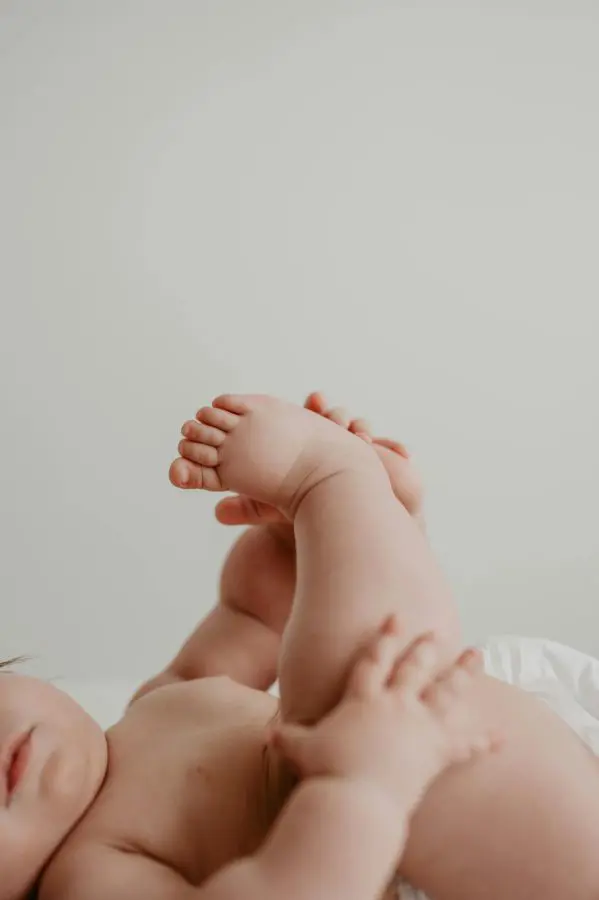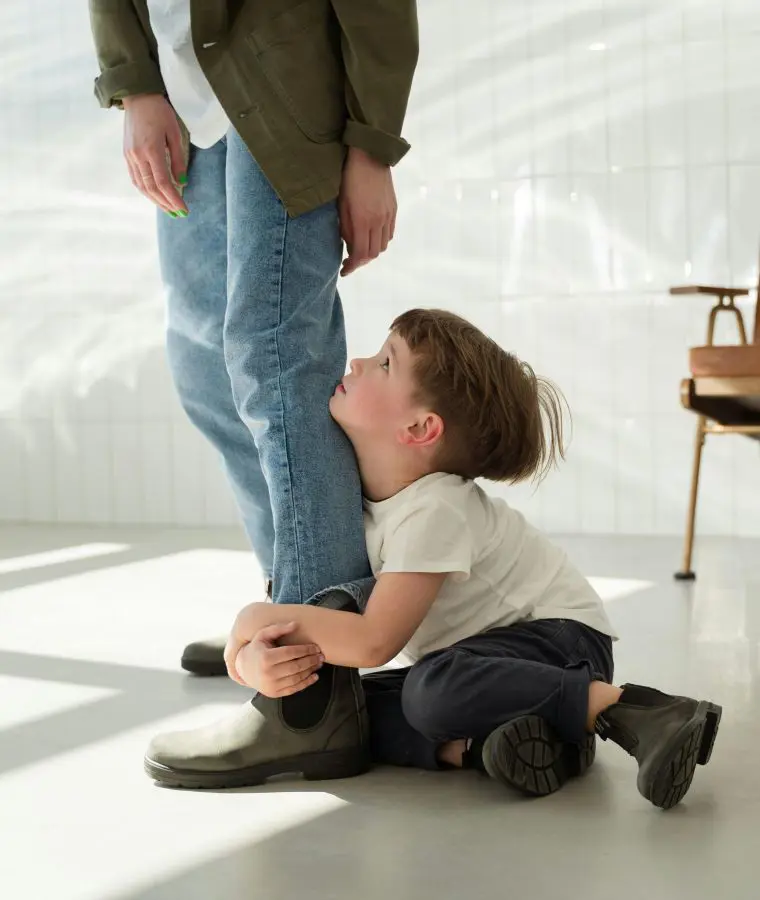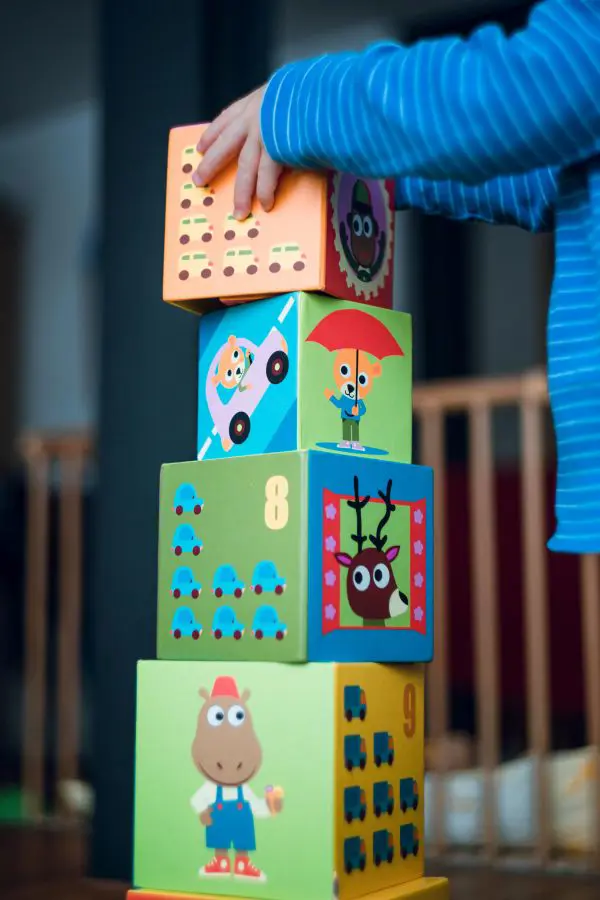When Do Babies Roll Over And Signs To Look For

Celebrating your baby's developmental milestones is one of the most thrilling and memorable experiences that every parent looks forward to keenly. One of these key milestones is when your baby begins to roll over. It is not just an exceptional event; it is something that has added another formative phase in their physical development, indicating that they are growing bigger and more coordinated.
When, though, do babies actually roll over, and how will you be able to recognize changes? This article answers this question, thus, let's swoop in and learn interesting stages in your baby's development process.
When Do Babies Usually Start Rolling Over?
Most babies begin to roll over between 4 to 7 months of age. While some babies may begin as early as 3 months, it is more common for babies to achieve this progress around 6 months. By 6 months, 75 percent of babies can roll over from their tummy to their back although, rolling from back to tummy may take place between 5 and 7 months.
Every parent should understand that each baby is an individual and develops in his/her own way. Factors such as premature birth, muscle tone, and overall health can influence when a baby reaches this milestone. While some infants may roll over early, others might take a little while longer. Parents need to remember and understand that developmental timelines are flexible, and it's perfectly normal for babies to progress at their own pace. That's why, don't fret, if your baby starts rolling from 3 months or 7 months both scenarios are completely normal.
Signs That Your Baby Is Ready To Roll Over

Before a baby successfully rolls over, they will exhibit several signs that indicate they are developing the necessary skills. Around 5 months old or earlier, you may notice your baby engaging in the following behaviors:
- Lifting their chest: Your baby may begin using their arms to push up, lifting their chest off the ground during tummy time.
- Rocking on their stomach: This movement helps them build the core strength needed for rolling.
- Kicking or twisting their legs: These activities are crucial as they help develop coordination.
- Swimming motions with their arms: This playful movement can also indicate readiness for rolling.
- Head control development: Strong head control is the foundation for rolling over. Your baby will first master holding their head steady during tummy time and while being held upright. You'll notice them keeping their head centered and turning them smoothly from side to side.
- Tummy time progress: During tummy time, watch for these promising signs, like pushing up on their arms with straight elbows, lifting their head high off the ground (around 45-90 degrees), looking around while maintaining balance, and using their arms to shift weight to one side.
- Side-rolling attempts: Before full rolls happen, you might notice your baby- rocking from side to side while on their back, rolling onto their side during play, turning their head or shoulders together when tracking toys or faces, and bringing their hands to the center of their body and across the midline.
- Kicking and wiggling: Frequent leg kicks and body wiggles indicate that your baby is developing the coordination required for rolling over.
- Curiosity about their surroundings: Babies who are curious about toys or sounds may try to roll over to get a better view or reach for objects.
Stages Of Rolling Over
Your babies won't just suddenly flip overnight, after showing several telltale signs babies start to roll by following different stages like:
1. Tummy Time (0-3 Months)
During the first few months, tummy time is crucial. It helps strengthen the neck, shoulders, and arms, which are essential for rolling over. Initially, your baby may only lift their head slightly, but with consistent practice, they will start propping themselves up on their arms.
2. Rocking Side to Side (3-4 Months)
By around 3 months, babies begin to rock from side to side while lying on their backs. This movement is an early sign that they are preparing to roll over. They may also start kicking their legs more vigorously.
3. Rolling from Tummy to Back (4-5 Months)

At this stage, your baby will likely roll from their tummy to their back. This is easier because gravity assists the movement. You might notice them pushing off with their arms or using their head to initiate the roll.
4. Rolling from Back to Tummy (5-6 months)
This step requires more strength and coordination. Babies use their legs and core muscles to generate enough momentum to roll onto their tummy. Once they master this, it may start rolling in both directions, making them more mobile.
How To Encourage Your Baby To Roll Over

While every baby will roll over when they are ready, there are several ways you can encourage this milestone:
1. Creating a Safe Environment
As your baby approaches the rolling milestone, ensuring a safe environment is crucial. Always supervise your baby during tummy time and playtime, especially on elevated surfaces like changing tables or beds where they could fall if they roll unexpectedly. Likewise, for more safety:
- Use a firm, flat surface like a play mat or carpet
- Ensure there's plenty of open space around your baby
- Remove any hazards or hard objects from the practice area
- Always supervise during floor time
2. Tummy Time
Tummy time is essential for developing the muscles necessary for rolling over. Here are some tips to make tummy time enjoyable:
- Place toys just out of reach during tummy time to encourage reaching and turning.
- Use a play gym with hanging toys that encourage your baby to lift their head and reach up.
- Make it a fun activity by lying down face-to-face with your baby or singing songs.
3. Interactive Play
Engaging with your baby during playtime can motivate them to practice rolling:
- Use colorful toys or balls that they can see clearly. Move these toys from one side to another, encouraging your baby to follow with their head and body.
- Encourage kicking by placing your baby's legs near toys that make sounds or light up when kicked.
4. Core-Strengthening Activities
Help build the muscles needed for rolling:
- Gently assisted sitting with support
- Holding baby on your chest while you are reclined
- Side-lying play with supervision
- Bicycle leg movements during diaper changes
5. Cheer Them On
Encourage your baby with smiles, claps, and words of praise. Cheering is crucially important, as small cheering also helps to prosper babies by promoting positive reinforcement.
Safety Considerations When Rolling Begins

Once your baby starts showing signs of rolling, safety becomes even more important:
Sleep Safety Updates
- Stop swaddling as soon as you notice rolling attempts
- Transition to a sleep sack or wearable blanket
- Always place baby on their back to sleep, even if they roll over
- Keep the crib clear of toys, blankets, and bumpers
Diapering and Changing Table Safety
- Never leave your baby unattended on elevated surfaces
- Keep one hand on the baby during the change
- Have all supplies within arm's reach before starting
- Consider floor-level changes for extra safety
Why Is Rolling Over An Important Milestone?
Rolling over is a precursor to other motor skills like sitting, crawling, and eventually walking. It helps babies develop:
- Physical Development: Rolling over helps strengthen a baby's muscles, particularly in the neck, and arms. This muscle development is crucial as it lays the groundwork for future movements like sitting up, crawling, and walking.
- Exploration and Independence: Once babies start rolling over, they gain more freedom to explore their surroundings. This newfound ability allows them to reach toys or move to different areas, encouraging curiosity and independence.
- Coordination Skills: Rolling over involves coordinating different body parts, which enhances motor skills. As babies practice rolling, they learn how to control their movements better.
- Cognitive Growth: The act of rolling over can stimulate cognitive development. As babies explore their environment from different angles, they begin to understand spatial relationships and develop problem-solving skills.
- Social Interactions: When babies can roll over, they often engage more with caregivers and family members. This interaction fosters social skills and emotional bonding as they respond to their environment and the people in it.
What If Your Baby Isn't Rolling Over?
It's important to remember that every baby develops at their own pace. However, if your baby hasn't shown any signs of rolling over by 6 to 7 months, then as a parent you have to be concerned. The best option is to reach your pediatrician or you can:
- Check for Muscle Tone: Some babies may have low muscle tone, making it harder for them to roll over. Your pediatrician can assess this during routine check-ups.
- Evaluate Tummy Time: If your baby dislikes tummy time, they may not have had enough practice building the necessary muscles. Gradually increase tummy time sessions.
When to Consult Your Pediatrician
While the timeline for rolling varies widely, certain situations warrant a discussion with your doctor:
- If your baby hasn't shown any rolling attempts by 6 months
- If they seem to favor one side significantly more than the other
- If they appear frustrated or distressed during tummy time
- If they lose abilities they previously had
- If they seem to have unusually low muscle tone
Final Remarks
Once your baby masters rolling, they're on their way to even more exciting movements;
- Sitting independently
- Crawling
- Pulling up to stand
Remember that rolling over is a simple process and is just a small aspect of your baby's wonderful journey of physical development. Make a mental note that every baby develops at their own pace, and that is okay if their development progress starts late, as it is a natural process. Being a parent, highlight every opportunity, maintain a safe environment, and celebrate the babies' every little success.
Likewise, when you just pay attention to your baby's signals and let them play on the floor for quite a lot of time while being close to monitor them, you are creating great conditions for your baby to develop on their own. And after a while, you will have a rolling bundle of joy on your hands, and believe it or not it is just the start of your baby's mobility journey!





